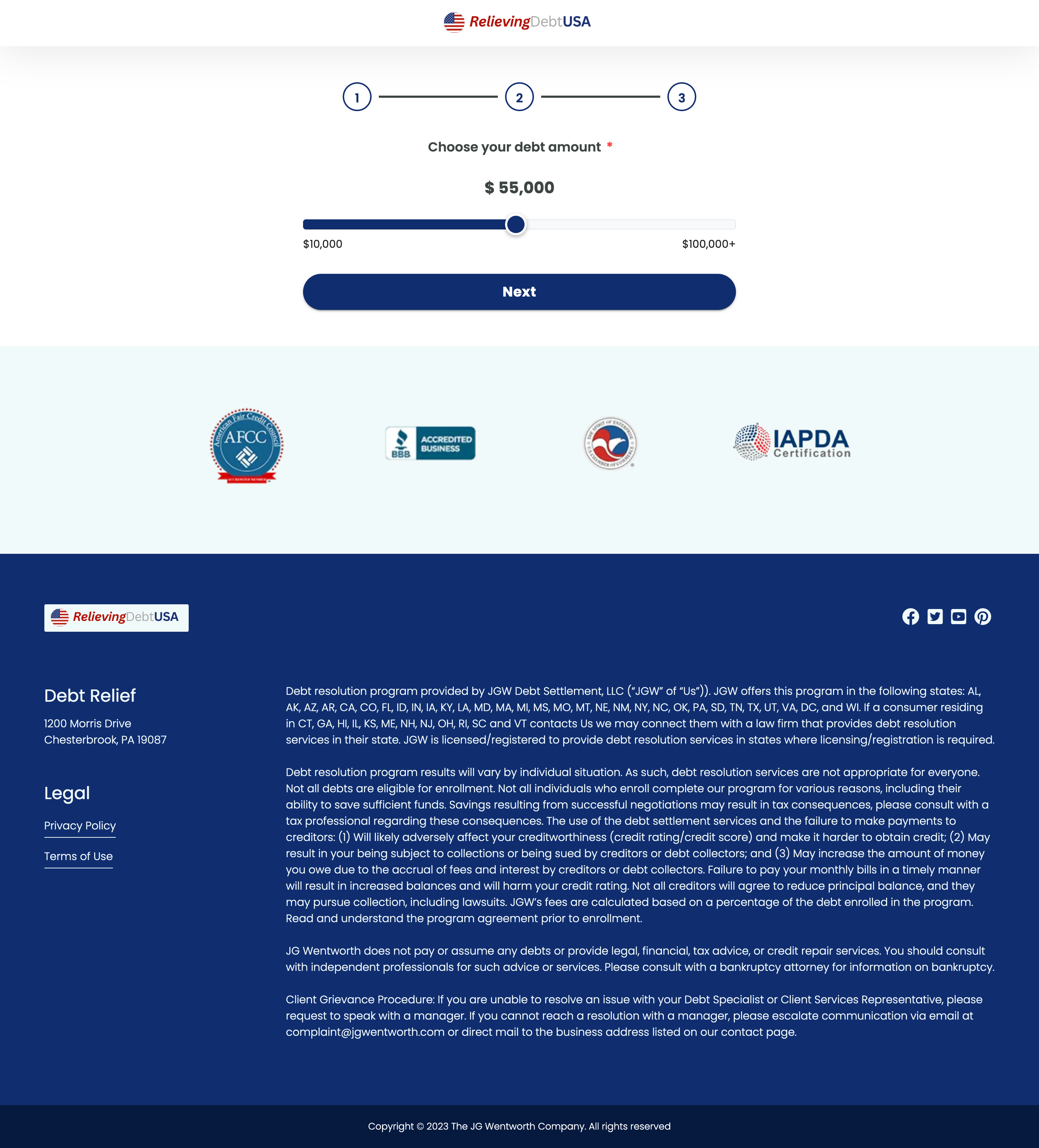Why Your SEO Strategy Needs Competitor Landing Page Data
Acquiring insights from competitor landing pages can significantly boost your SEO strategy. By understanding what tactics your competitors are using, you can refine and enhance your approach to search engine optimization.
Table of Contents
- Introduction
- Understanding the Importance of Competitor Landing Page Data
- Benefits of Analyzing Competitor Landing Pages
- How to Analyze Competitor Landing Page Data
- Incorporating Findings into Your SEO Strategy
- Tools and Resources for Landing Page Analysis
- Conclusion
Introduction
In today’s digital landscape, staying competitive requires more than just optimizing your own website. Learning from your competitors can provide invaluable insights into what works and what doesn’t in your industry. Competitor landing page data can be a goldmine of information, ranging from design and layout strategies to call-to-action performance. By diving into this data, you can not only enhance your own landing pages but also bolster your overall SEO strategy.
Understanding the Importance of Competitor Landing Page Data
Your competitors’ landing pages serve as a direct representation of their online marketing efforts. A well-crafted landing page can significantly improve conversion rates, build brand recognition, and establish customer trust. By analyzing competitor landing pages, you can identify trends and patterns that resonate with your target audience.
Benefits of Analyzing Competitor Landing Pages
Identifying Effective Keywords
One of the primary reasons to analyze competitor landing pages is to uncover effective keywords that drive traffic and conversions. You can identify keyword gaps in your own strategy and adjust your content to include proven high-performing terms.
Enhancing User Experience
Competitor analysis can reveal user experience trends that engage and convert users. Observe how your competitors structure their content, design their CTAs, and use visual elements to create seamless user experiences. Apply these insights to optimize the usability of your landing pages.
Improving Conversion Strategies
Examine how competitors engage visitors through their landing pages. From their headline choices to the placement of forms and interactive elements, each aspect can influence conversion rates. Learn from their success and identify areas where they might be falling short, offering you opportunities for improvement.
How to Analyze Competitor Landing Page Data
Step 1: Identify Top Competitors
Start by identifying your top online competitors. These are the businesses that consistently rank well for your target keywords. Using SEO tools, you can determine which pages are driving the most traffic to these competitors.
Step 2: Examine Page Elements
Look at structural page elements such as headlines, subheadings, images, and videos. Assess how they use elements like testimonials, case studies, or customer logos, which can help build trust and authority.
Step 3: Evaluate Content and Keywords
Analyze the content for relevancy and engagement. Check the keyword density and placement, as well as the use of LSI keywords. Ensure you also examine metadata, such as title tags and meta descriptions.
Step 4: Investigate the User Experience
Assess the overall user experience by considering page load times, mobile responsiveness, and navigation. Tools like heatmaps can provide insights into user interactions and spotlight any areas where users may be experiencing friction.
Step 5: Analyze Conversion Pathways
Review the paths competitors lead their visitors through. This includes analyzing form placements, landing page layouts, and checkout processes. Understanding these pathways can help streamline the customer journey on your own website.
Incorporating Findings into Your SEO Strategy
After gaining insights from your competitor analysis, it’s crucial to apply these findings strategically. Start by testing different elements on your landing pages using A/B testing. This approach allows you to scientifically measure the impact of changes.
Prioritize changes based on potential impact and ease of implementation. Not all improvements will require extensive overhauls – sometimes small tweaks can yield significant results. Additionally, integrate these learnings into your broader SEO and content strategies to ensure a comprehensive approach.
Tools and Resources for Landing Page Analysis
Utilizing tools can streamline the analysis process. Consider using:
- SEO Analysis Tools: Software like SEMrush, Ahrefs, or Moz can help identify competitors, analyze keywords, and track ranking performance.
- Heatmap and User Interaction Tools: Tools like Hotjar or Crazy Egg offer insights into user behavior and interaction with landing pages.
- Web Scraping Tools: These include solutions like Landing Page Ripper, which can help you to download competitor landing page data for offline analysis and further study.
Conclusion
Developing a comprehensive SEO strategy requires a deep understanding of both your strengths and the competitive landscape. By leveraging competitor landing page data, you can uncover new opportunities to optimize your pages, engage your audience, and improve conversion rates. The path to success involves continuous learning and adaptation to emerging trends – all catalyzed by analyzing what your competition is doing effectively.
To streamline your landing page analysis, consider using tools like a landing page downloader to save, examine, and learn from the content that drives success in your industry.









